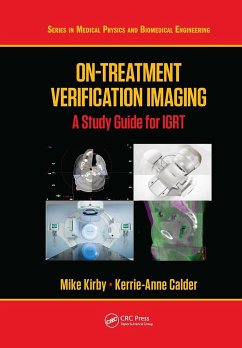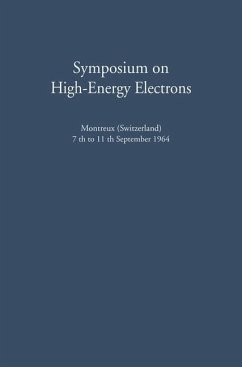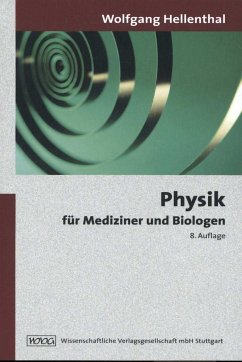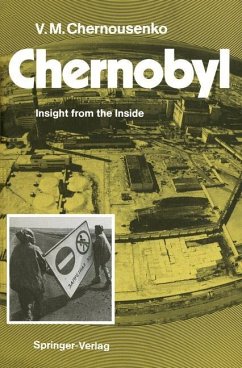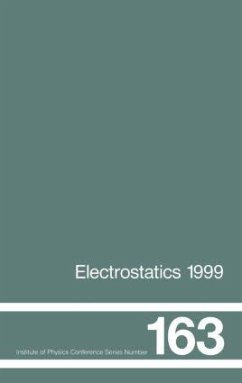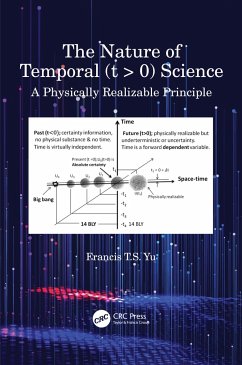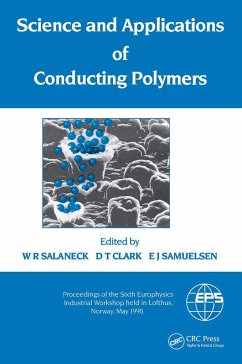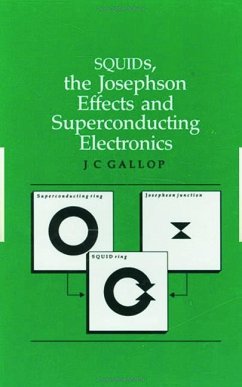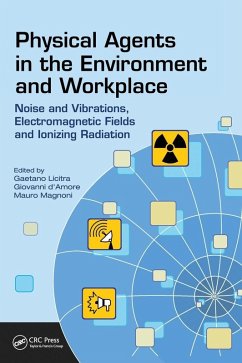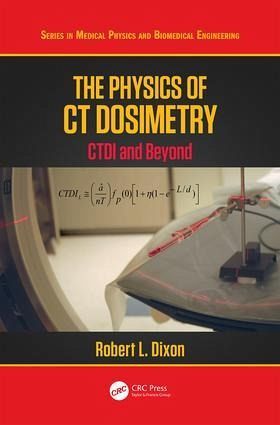
The Physics of CT Dosimetry
CTDI and Beyond
Versandkostenfrei!
Versandfertig in 1-2 Wochen
129,99 €
inkl. MwSt.
Weitere Ausgaben:

PAYBACK Punkte
65 °P sammeln!
This book explores the physics of CT dosimetry and provides practical guidance on best practice for medical researchers and practitioners. It will also contain helpful (and rigorous) shortcuts to reduce the measurement workload for medical physicists.




